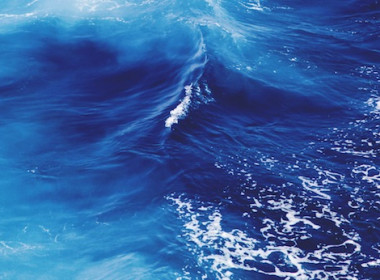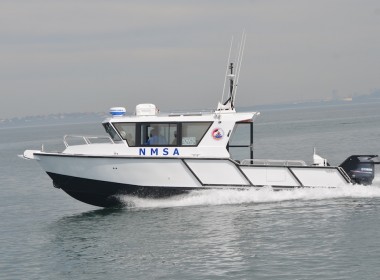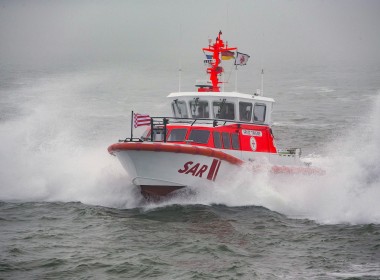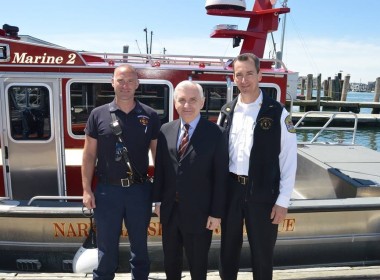EDITORIAL: More on life and rescue boat safety
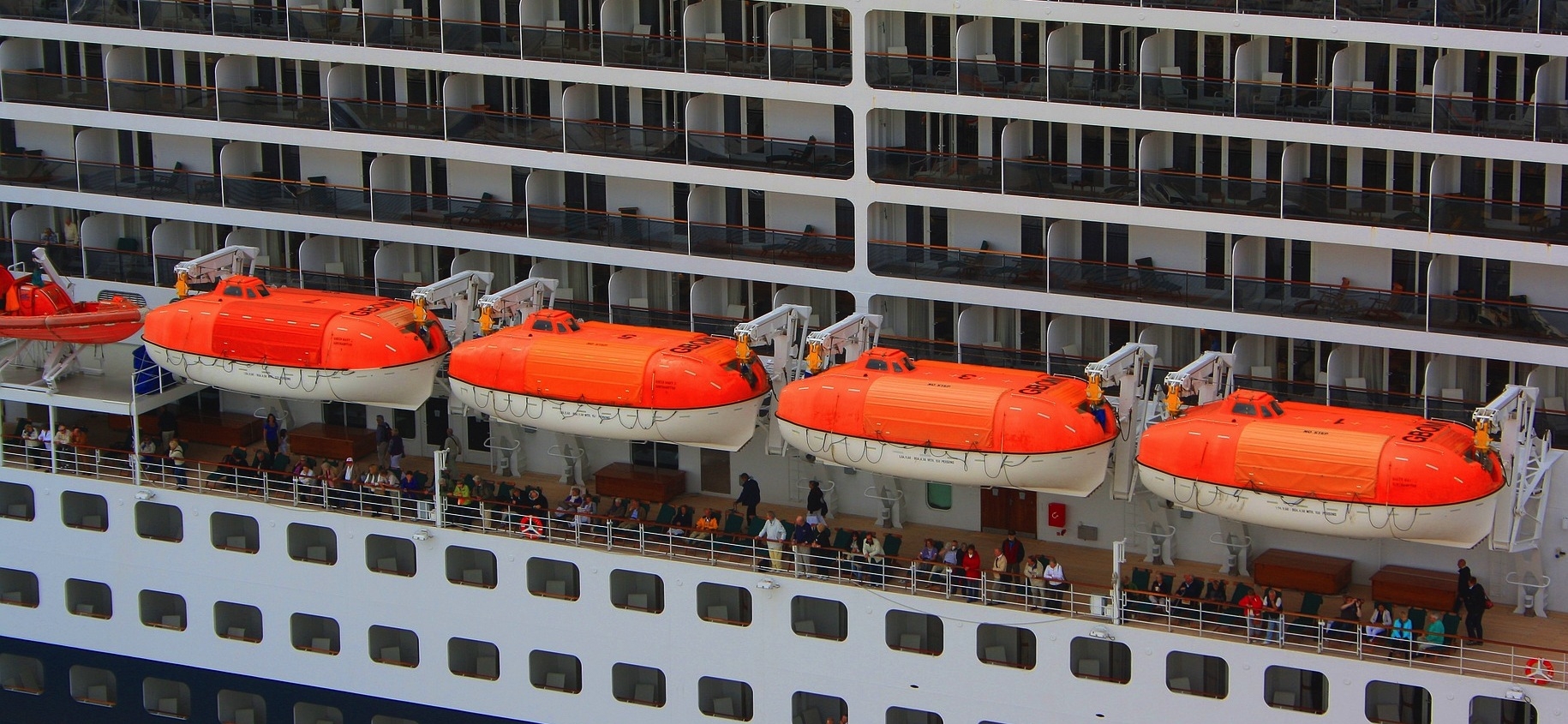
Regular readers will recall my February editorial in which I endorsed the comments of the British maritime union Nautilus on the need for “radical thinking” with respect to lifeboats and their launching systems.
By serendipitous coincidence, shortly after that was published, I received for review an excellent new book on the subject that has given me considerable further food for thought. Written by Dag Pike, who was for many years a contributor to this magazine, the book Launch and Recovery of Boats from Ships, was published by the indefatigable and always excellent Nautical Institute.
Dag Pike is a master mariner of vast and varied experience who, rather unusually, has enjoyed considerable exposure to smaller vessels, particularly patrol, rescue and lifeboats. He has written more than forty maritime books and is known globally for his strong views on safety in particular.
My February editorial supported Nautilus in calling for the widespread adoption of alternative solutions to provide us with lighter, safer, cheaper and easier to use lifeboats and safety equipment than are currently mandated by IMO and most national regulators. While I agreed that “radical thinking” is required, I noted that many low cost alternative solutions are readily available.
I was pleased to learn that Dag advocates a generally similar approach. As he says, “Clearly further debate and more work is needed if we are to improve the survival chances of crews and passengers evacuating marine casualties”. He highlights the inadequacies and dangers of lifeboats and their launching/retrieval systems and the absence of “seamanship experience” among ships’ crews.
“Tightly regulated under SOLAS”
Of course, “seamanship experience” gained by drill and training would be considerably enhanced if lifeboat systems were simpler and more user friendly. That would at least ensure that drills would be more likely to be undertaken and that the survival of their participants better ensured.
Despite the brevity of his book, Dag looks closely at training in the use of lifeboat systems and at their maintenance. He refers to the many accidents that have arisen from both activities, particularly the former. As he writes, “…the number of accidents involved in launch and recovery practices has damaged confidence in the whole lifeboat concept”. He is absolutely correct in that. And, as he points out, even maintenance can be risky.
He looks closely at and comments on existing systems. He suggests that there is “little scope for onboard improvements” because “lifeboats are tightly regulated under SOLAS”. That, to me, is a large part of the problem. SOLAS is an instrument or code of IMO and IMO, and its national acolyte administrations, tend to be conservative to the point of being practically ossified. From my observation it takes IMO at least twenty years to change its mind about anything.
Launch and recovery systems for rescue and daughter boats are examined in the book and Dag is more hopeful with respect to them. They obviously benefit from more practice than “one way trip” lifeboats and from the innovation that arises from their military and OSV requirements. He lists a number of developments in systems that he suggests are handicapped by the limited practical seamanship experience of their developers. Again, from my observation and research, I have to agree strongly with him.
Discussing the future and the possibility of improvement, Dag states very reasonably that, “…there is a growing gulf between systems that are developed to meet operational requirements and those developed to meet statutory requirements”.
He also questions how survivors can effectively be recovered from lifeboats. Again, perfectly rationally.
Areas of inactivity
I trust that this very valuable book will be read by the “powers that be” among senior IMO staff and the executives of national maritime regulators. There is a very long way for the maritime world to go before really effective and safe lifesaving equipment is widely fitted and used throughout the industry. As I have been expounding for years, such equipment must be light, safe, simple and easy to use, durable and very low maintenance.
Unfortunately, as with so many other areas of its activity (Or is it inactivity?), IMO has proved to be very reluctant to accept and adopt such requirements. Dag Pike is more polite than me but his book certainly shows that IMO has a long way to go in this very important area of maritime activity. It is to be hoped that his book will be influential in making the wider maritime safety bureaucracy realise that there are many new and better safety alternatives already in existence. They should be widely adopted and still newer developments encouraged. The purpose of maritime safety equipment is to save lives and prevent injuries. It is not to make more complex regulations. Nor is it to make fatter profits for equipment manufacturers.


